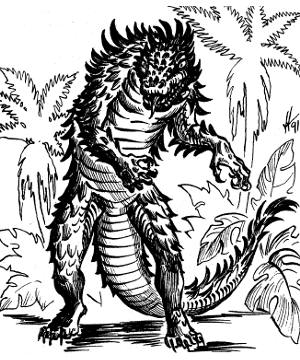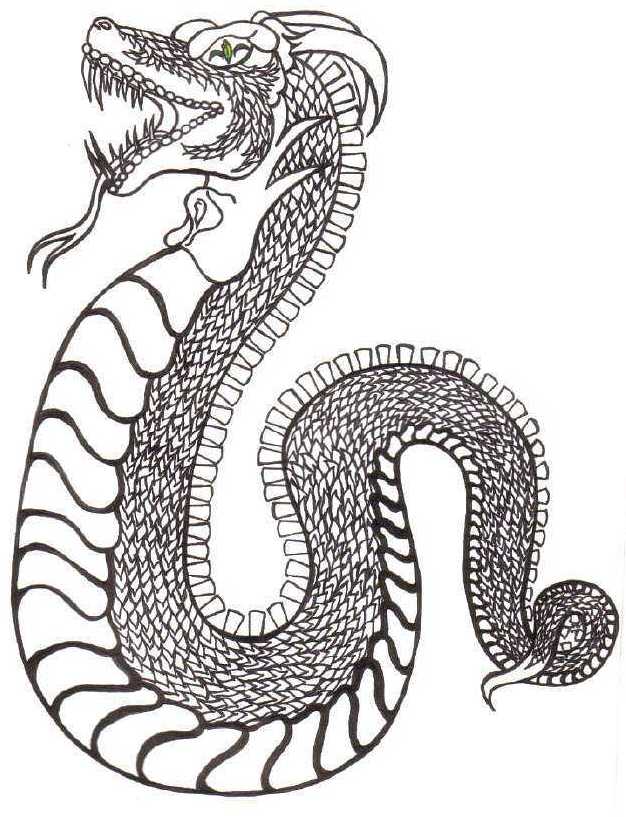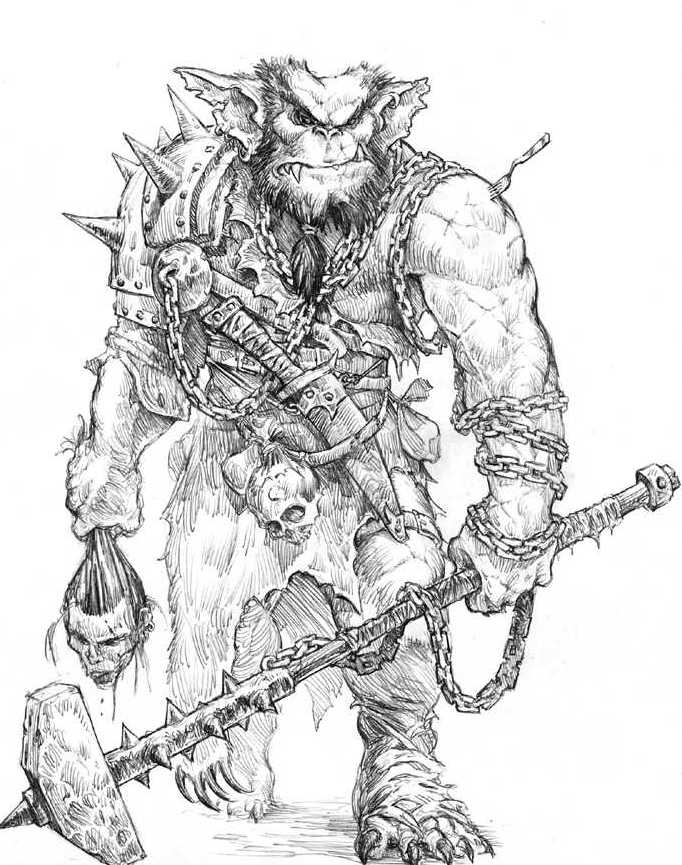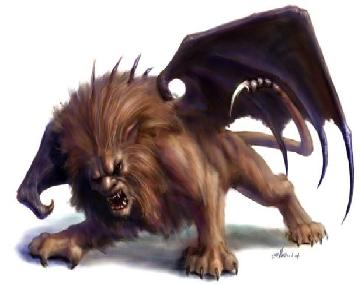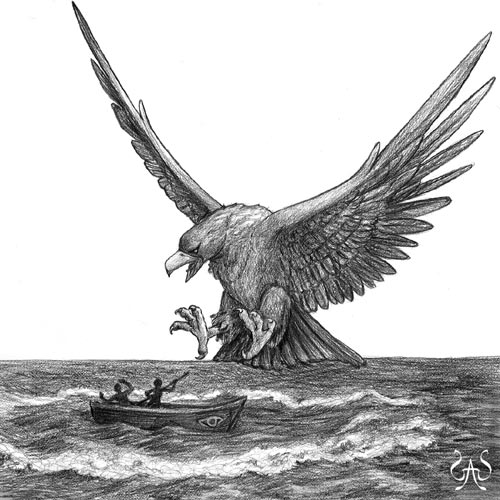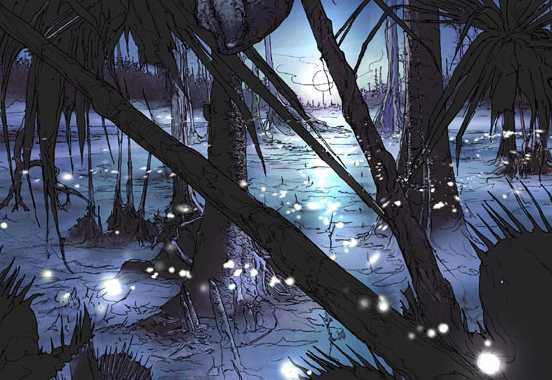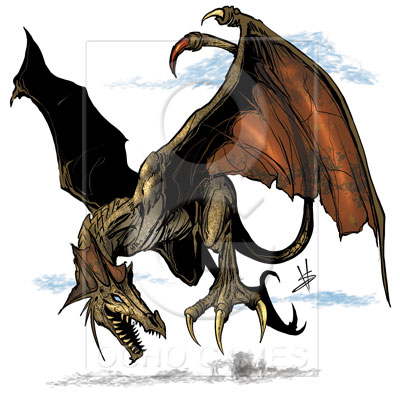
A Troll is a supernatural being in Norse mythology
and Scandinavian folklore. In origin the term Troll was a generally negative
synonym for a jötunn (plural jötnar), a being in Norse mythology. In Old
Norse sources, beings described as Trolls dwell in isolated rocks,
mountains, or caves, live together in small family units, and are rarely
helpful to human beings. Later in Scandinavian folklore, Trolls became
beings in their own right, where they live far from human habitation, and
are considered dangerous to human beings.
Type: Monster
Setting: Any but usually
forests or mountains
Era: Any
Physical Traits: The
hide of Trolls are rubbery, and usually either moss green, putrid grey, or
mottled grey and green. Their coarse hair is typically iron grey, or
greenish-black. Trolls initially seem to be somewhat shorter, due to their
sagging shoulders and tendency to hunch forward. They walk with an uneven
gait, and their arms dangle and drag the ground when running. Despite this
apparent awkwardness, trolls are quite agile.
Height: 2.7 metres
Weight: 225 kgs
Mobility: Legs
Sensory Organs:
Visual
Communication: Vocal
Reproduction: Sexual
INT: D6, WIS: D6, STR:
4D6, DEX: 3D6, CON: 4D6, CHA: D6,
MR: 4D6, HPs: 7D8
AC: 4, Thac0:
13
Abilities:
1) Trolls are infamous for their regenerative abilities, able to
recover from the most grievous of wounds or regenerate entire limbs given
time. Severing a troll's head results merely in temporary incapacitation,
rather than death. After cutting off a troll's head or other limbs, one must
seal the wounds with fire or acid to prevent regeneration. Because of this,
most adventurers will typically carry some sort of implement capable of
creating fire.
Starting three rounds after first
blood, the creatures recovers 3 hit points per round until healed. Trolls
reduced to 0 or fewer hit points fall to the ground, incapacitated but not
slain. Incapacitated trolls continue to regenerate and stand up to fight as
soon as they have a positive number of hit points. When using an edged
weapon, it is possible to sever the thin limbs of a troll (a natural 20 with
an edged weapon is needed). Severed limbs continue to fight after separation
from the body (hands squeeze, heads bite if stepped on, etc.). Attacks by
severed limbs are at normal chances to hit. Separated limbs fight for the
remainder of the battle, then scuttle back and rebind with the body once the
battle is over. Limbs unable to reach the body to die within 24 hours, but
this is of little consequence since trolls regenerate lost body parts
(including the head) within a week. If a troll is dismembered and scattered,
the largest surviving piece regenerates. The others die within one day if
they cannot rejoin that piece. Only fire and acid cause permanent damage to
trolls. These forms of attack destroy its regenerative ability. A troll
reduced to 0 or fewer hit points and immersed in acid or burned with fire is
killed.
2) Trolls attack with two
clawed hands and their bite, and they can attack at multiple opponents. Each
claw does D6 damage with their bite doing 2D6.
Feeding Habits:
Carnivore
Lifespan: 600 years
